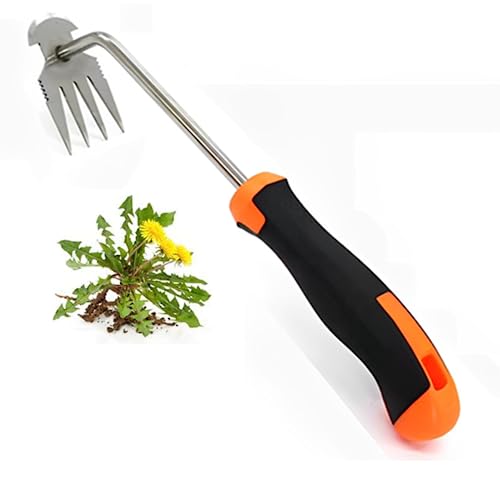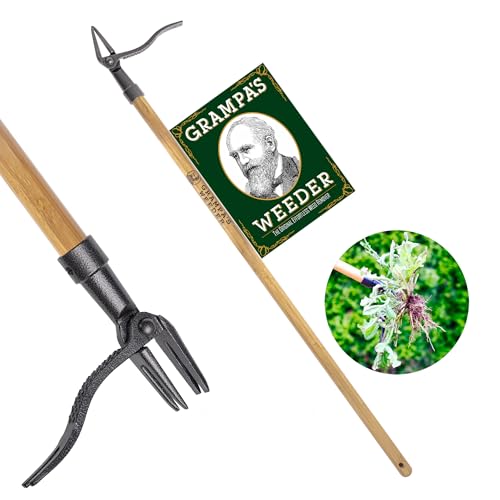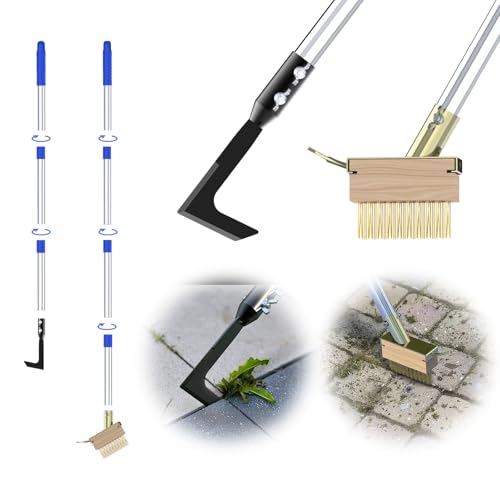What are these vine lawn weeds in my yard? 3 common culprits and how to get rid of them
Getting on top of the problem early can save your grass being taken over entirely


I moved home earlier this year and was delighted to finally have a large lawn. The one thing I was less pleased about? The weedy nature of it. There were classic dandelions and nettles, but also some more vigorous offenders: vine lawn weeds.
The first thing I did when getting rid of these weeds was identify them. Vines, or rather creepers, have a habit of crawling along your lawn, eventually taking over large patches of it and leaving the grass below to suffocate and die. Diagnosing exactly what they are allowed me to take effective action in removing and killing these weeds but not my grass.
The only problem is there are several kinds of vine lawn weeds, and often you need slightly different methods to remove them. So, to help you out, I have compiled a quick guide here about three of the most common types and how to get rid of them.

3 common vine lawn weeds
Vine lawn weeds aren't the only kind to crop up among your grass. You may also have white flowering weeds, like clover, and may wish to learn how to get rid of dandelions. Although, many flowering weeds are excellent resources for pollinators, so consider leaving a patch of your lawn to grow wild for them.
Having said that, if your vine lawn weeds problem is taking over your grass like mine did, keep reading:
1. Ground ivy
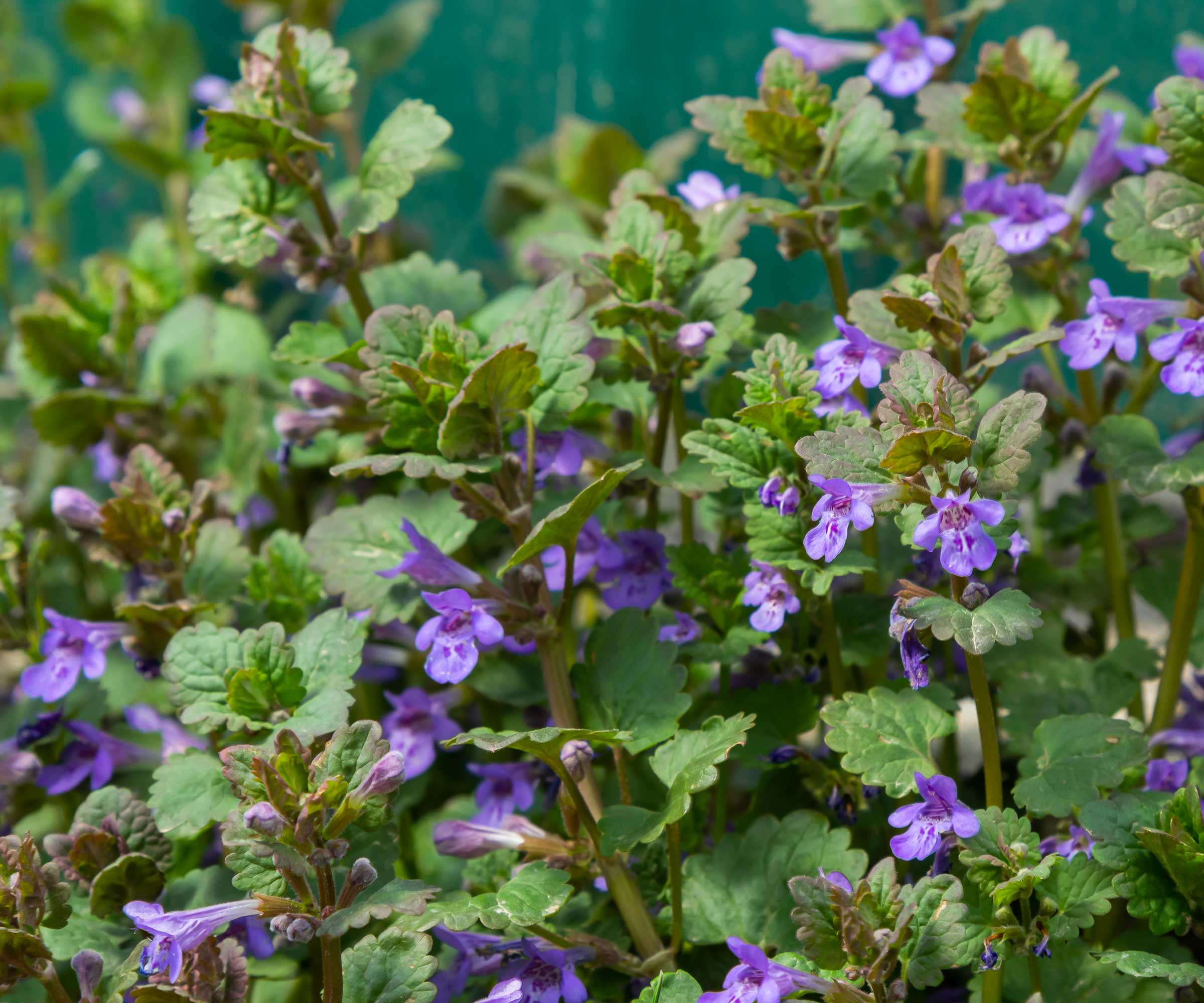
If the vine lawn weeds in your yard have scalloped leaves, spread quickly, and have tiny little purple flowers in spring, you likely have the same issue I did: ground ivy.
It's also known as creeping Charlie, as this creeper grows rapidly across large areas. In my yard, it was particularly prominent in the shadier spots, as it's a ground cover plant for shade that thrives in moisture.
Design expertise in your inbox – from inspiring decorating ideas and beautiful celebrity homes to practical gardening advice and shopping round-ups.
Unfortunately, getting rid of creeping Charlie permanently is not a quick or easy task. However, I have found that regular weeding helps reduce its rapid growth.
It's a weed with very shallow roots, so it can very easily be pulled up. Because of its density, I employ the use of a hand rake (like this one from Amazon) to efficiently pull up the vines. They come away easily, and I ensure the roots are coming up with it to reduce the chances of regrowth.
Other options include making a weed killer to get rid of ground ivy. One effective recipe is apple cider vinegar (from Amazon), salt, and soap, all of which burn and dehydrate the creeper.
I am now also improving my lawn care to make it a less favorable environment for ground ivy to grow. This includes aerating my lawn (with an aerator tool, like this from Amazon) , to improve drainage.
2. Field bindweed
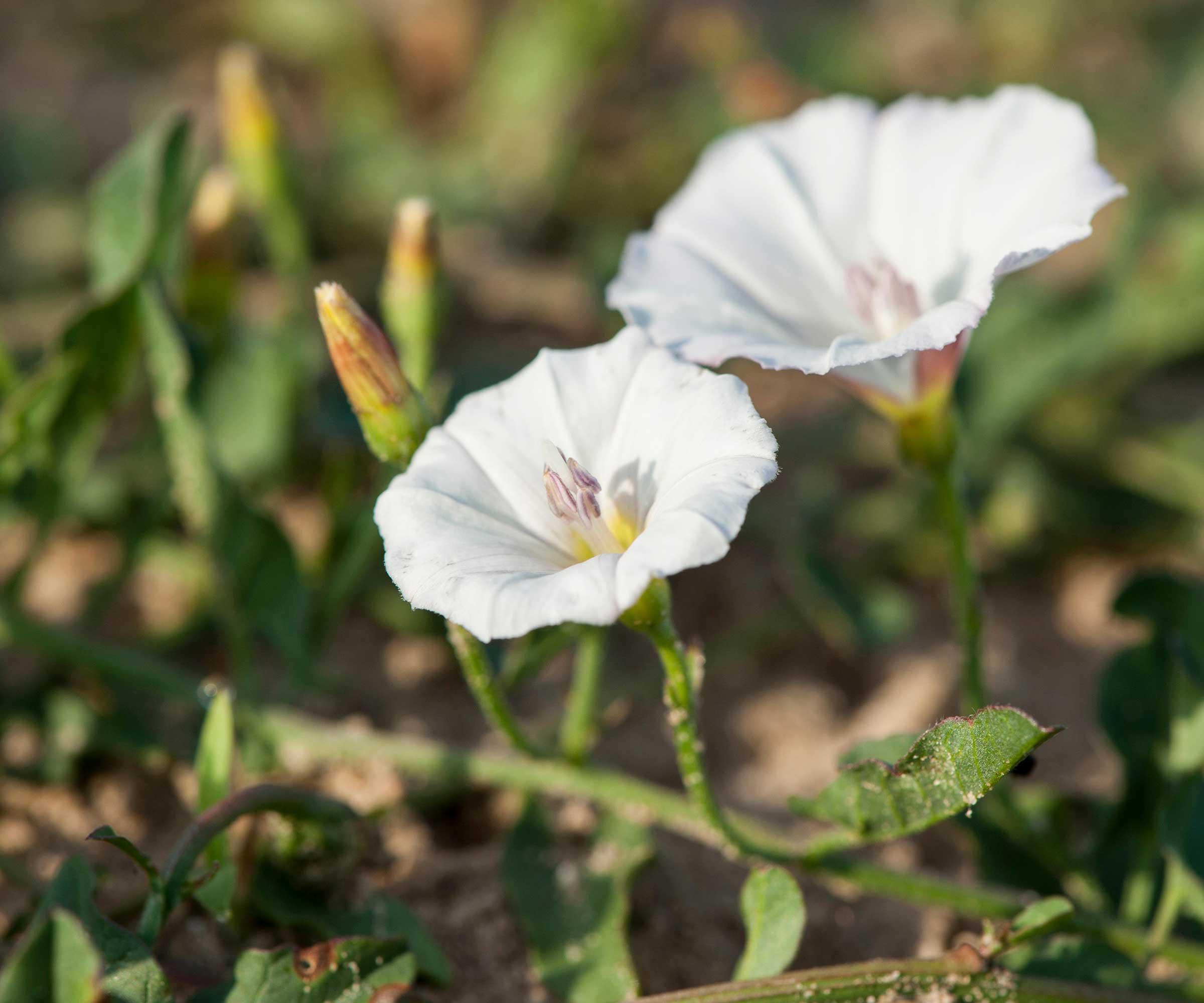
This is another common vine lawn weed, and one I have also spotted in my yard. Bindweed refers to two plants: field bindweed (the one that sprawls along the ground) and hedge bindweed (the one that can grow vertically, often up shrubs).
Bindweed can be deceiving because it has attractive funnel-shaped white or pink flowers. But, leave field bindweed to grow and it can dominate your garden and smother plants.
It's a common weed to find in the US and requires careful action to get rid of it entirely. It can tolerate drought, poor soil types, and partial shade, though it grows more vigorously in sun.
The best action to take is digging it up (using weeding tools, like this weed puller from Amazon), and mulching to smother it.
3. Creeping buttercup
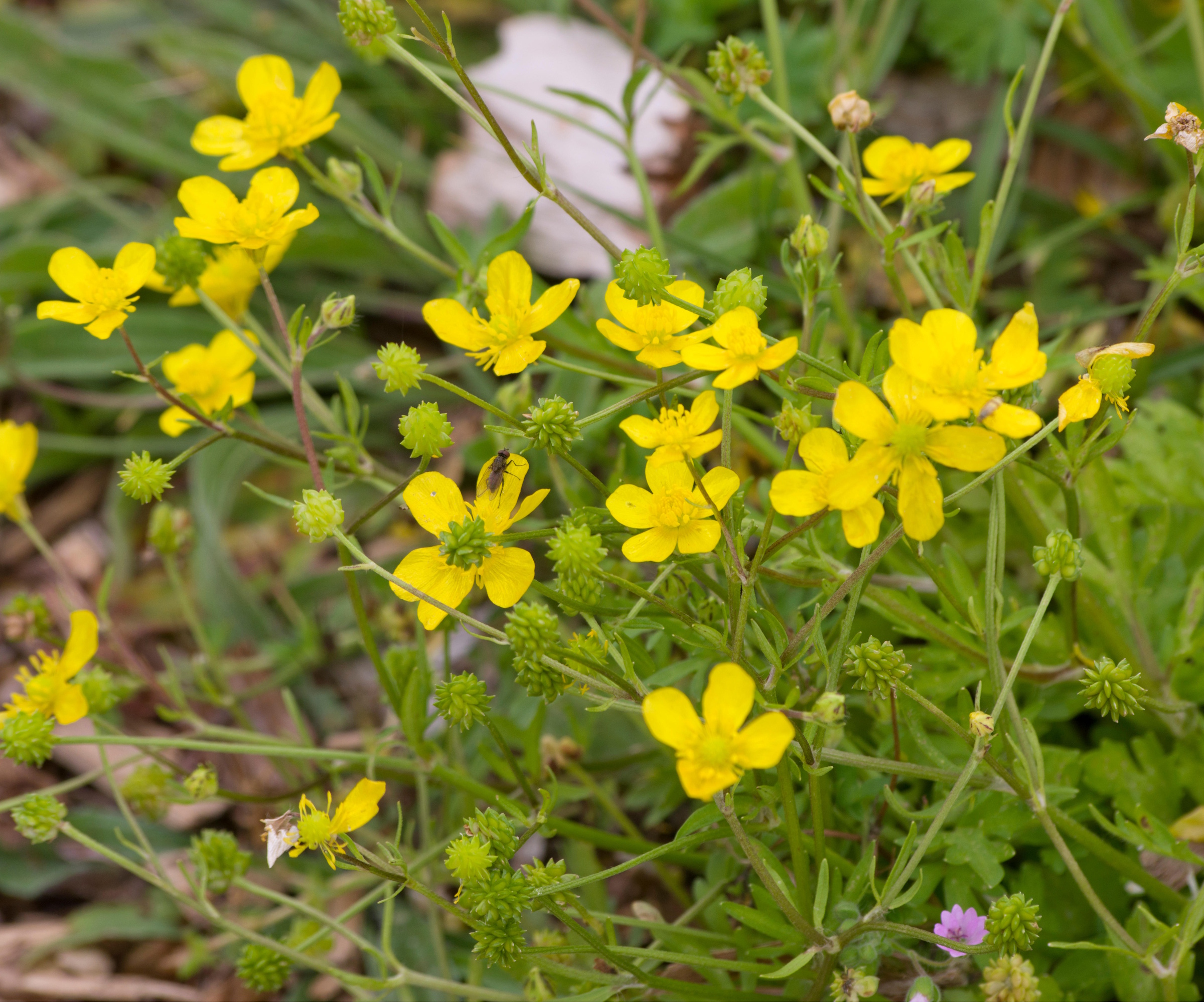
This is a vine lawn weed identifiable as yellow buttercup flowers. Unlike the clumps of buttercups that crop up randomly on a lawn, creeping buttercup is a low-growing, spreading plant.
It grows most vigorously in moist, poorly drained, and compact soils, and tolerates anything from partial shade to full sun.
Regularly mowing your lawn can help manage this weed, but manual removal is the best way to get rid of it. It would be a weeding mistake to let creeping buttercup take over your entire lawn, as it would leave you with brown, smothered grass.
Promoting thicker grass can also help stop the spread of creeping buttercup. Do this by improving drainage, raising your mower height, and fertilizing your lawn (such as with this Miracle-Gro lawn feed from Amazon).
FAQs
Do vine lawn weeds make grass brown?
Yes, vine lawn weeds can make grass turn brown where it smothers it. That's why you should work to repair patches in grass once you remove the weeds. You can do this by aerating, improving drainage, and sowing new lawn grass seed (from Burpee).
Sometimes the source of vine lawn weeds aren't even in your yard. They can creep beneath and through fence panels. If this is the case, you might find our guide on how to stop your neighbor's weeds from invading your yard useful.
Our recommended weeding tools

Tenielle is a Gardens Content Editor at Homes & Gardens. She holds a qualification in MA Magazine Journalism and has over six years of journalistic experience. Before coming to Homes & Gardens, Tenielle was in the editorial department at the Royal Horticultural Society and worked on The Garden magazine. As our in-house houseplant expert, Tenielle writes on a range of solutions to houseplant problems, as well as other 'how to' guides, inspiring garden projects, and the latest gardening news. When she isn't writing, Tenielle can be found propagating her ever-growing collection of indoor plants, helping others overcome common houseplant pests and diseases, volunteering at a local gardening club, and attending gardening workshops, like a composting masterclass.
